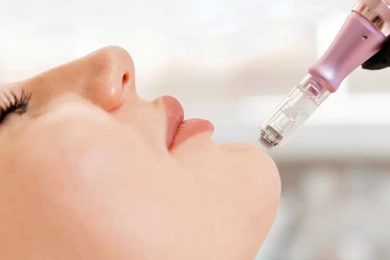
Exosome therapy has emerged as an innovative treatment method for skin rejuvenation, hair loss prevention, wound healing, and immune support. The effectiveness of exosomes depends heavily on their source, extraction method, and clinical application. This article explores the best sources of exosomes, the most preferred types, and the exosomes with the highest clinical effectiveness, along with details on how exosomes are obtained and purified.
Exosomes can be sourced from different cell types, each offering unique biological components and healing properties that influence their effectiveness in various applications.
1. Serum-Derived Exosomes
Characteristics: Exosomes derived from human serum are relatively accessible and have mild regenerative properties, making them suitable for surface-level skin rejuvenation.
Best Used For: These exosomes are typically preferred for cosmetic skin treatments, providing subtle anti-aging benefits without deep tissue penetration.
2. Umbilical Cord-Derived Exosomes
Characteristics: Umbilical cord-derived exosomes are rich in growth factors, cytokines, and microRNAs, enhancing their biological richness. They are highly effective for skin repair and renewal, due to their strong regenerative properties.
Best Used For: Known for their effectiveness in skin rejuvenation and wound healing, these exosomes are commonly chosen for deep tissue regeneration and wrinkle reduction treatments.
3. Stem Cell-Derived Exosomes
Characteristics: Exosomes from mesenchymal stem cells (MSCs) contain a high level of active biological compounds. They excel in tissue repair and connective tissue strengthening, offering potent effects in collagen synthesis and skin elasticity.
Best Used For: Stem cell-derived exosomes are ideal for addressing deep wrinkles, chronic scars, and challenging skin conditions due to their substantial regenerative capacity.
Due to their high biological activity, umbilical cord-derived exosomes are widely regarded as the most effective source for therapeutic use. The abundant growth factors and proteins found in umbilical cord exosomes make them particularly effective for deep skin rejuvenation and wound repair. Serum-derived exosomes, while still effective, generally provide more superficial support and are less biologically dense than umbilical cord-derived exosomes.
Clinical studies indicate that umbilical cord-derived exosomes yield faster and more sustained results in skin renewal, wrinkle reduction, and wound healing than other sources. They naturally contain components that promote collagen and elastin production, which enhances skin firmness and vitality.
Exosome extraction and purification are complex processes that influence their quality and clinical effectiveness. The main extraction methods include:
Ultrafiltration
Process: This involves filtering biological fluids through membranes with tiny pores that separate exosomes from other cell components. It is particularly suitable for obtaining serum-derived exosomes.
Benefits: Quick and efficient for serum exosome extraction.
Limitations: May not provide high purity for complex sources like umbilical cord or stem cell exosomes.
Ultracentrifugation
Process: Using high-speed centrifugation, this method separates exosomes based on weight, effectively isolating exosomes from biological fluids. Ideal for extracting umbilical cord-derived exosomes.
Benefits: Achieves high-purity exosomes, especially useful for complex exosome sources.
Limitations: A time-intensive and costly method that requires specialized equipment.
Size-Exclusion Chromatography
Process: Exosomes are separated based on molecular weight using special chromatography columns, producing highly purified exosomes suitable for therapeutic use.
Benefits: Offers high-quality exosome isolation without damaging their biological integrity, often used for umbilical cord and stem cell-derived exosomes.
Limitations: Requires advanced laboratory conditions and can be costly.
Microfiltration and Polymer Isolation
Process: By using filters and polymer structures, exosomes are selectively captured and isolated from other particles.
Benefits: High purity, suitable for delicate stem cell-derived exosomes.
Limitations: Requires longer processing time and advanced laboratory techniques, which increases cost.
Comparison Table: Umbilical Cord vs. Serum vs. Stem Cell Exosomes in Clinical Applications
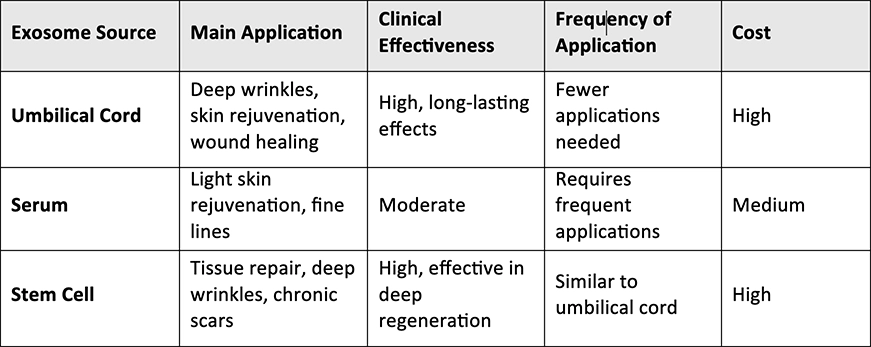
Selecting the most suitable exosome type depends on the specific needs of the patient and treatment goals. For sustained skin regeneration, umbilical cord-derived exosomes are often the preferred choice due to their high clinical effectiveness and long-lasting effects. For lighter rejuvenation, serum-derived exosomes offer a cost-effective option, while stem cell-derived exosomes are optimal for challenging conditions requiring deep tissue repair.
 Factors Exacerbating Lipedema: Triggering Drugs, Foods, and Supplements
Factors Exacerbating Lipedema: Triggering Drugs, Foods, and SupplementsLipedema is a common chronic condition, particularly among women, that leads to abnormal fat accumulation in areas such as the legs and hips, significantly reducing the quality of life. This article discusse ...
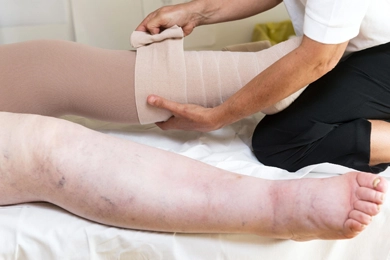 Understanding the Distinctions Between Lipedema and Lymphedema
Understanding the Distinctions Between Lipedema and LymphedemaLipedema and lymphedema are often confused due to their similar names and some overlapping symptoms. However, they are distinct medical conditions with different causes, treatments, and management strategies ...
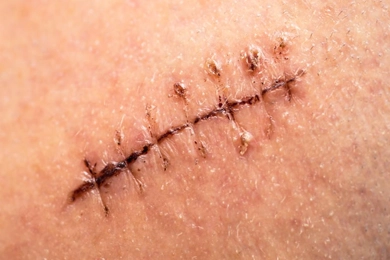 What Can Be Done to Prevent Stitch Scars?
What Can Be Done to Prevent Stitch Scars?Stitches, used after surgeries or injuries, help the skin heal but can often leave unwanted scars behind. The permanence of stitch scars depends on many factors, but with the right precautions, these scars c ...
 How to Get Rid of Surgical Stitch Scars?
How to Get Rid of Surgical Stitch Scars?After surgery, scars from stitches are often part of the healing process. These scars can cause aesthetic concerns for many, but with the right treatments, their appearance can be significantly reduced. So, ...
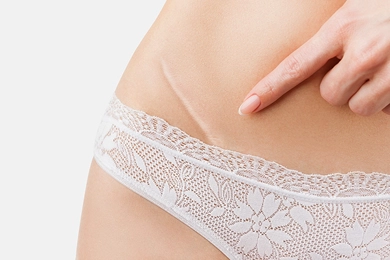 How Does Stem Cell Therapy Reduce Surgical Scars?
How Does Stem Cell Therapy Reduce Surgical Scars?Surgeries are often vital steps to improve health, but they can leave behind scars that are particularly bothersome for those with aesthetic concerns. Traditional treatments may not always be effective enoug ...
 Does Stem Cell Therapy (SVF) Prevent Scar Formation on the Skin?
Does Stem Cell Therapy (SVF) Prevent Scar Formation on the Skin?Scarring is a natural part of the body’s healing process after injuries, surgeries, or trauma. However, excessive scarring can sometimes lead to aesthetic concerns or functional limitations. Recent studies s ...
 Advantages of Having Lipedema Surgery in Turkey
Advantages of Having Lipedema Surgery in TurkeyTurkey has become a global hub for lipedema surgery due to its skilled surgeons, modern facilities, and affordable healthcare options. In this post, we’ll explore the advantages of having lipedema surgery in ...
 Why You Should Get a Tummy Tuck in Turkey
Why You Should Get a Tummy Tuck in TurkeyWhen considering a tummy tuck (abdominoplasty),selecting the right country for the procedure is crucial. Turkey has emerged as one of the top destinations for medical tourism, especially in the field of cosm ...
 What Causes Teeth Grinding?
What Causes Teeth Grinding?Teeth grinding, also known as bruxism, is a common issue that can affect both children and adults. This involuntary habit usually occurs during sleep but can also happen during the day. If left untreated, te ...
 Is There an Age Limit for Facial Stem Cell Therapy?
Is There an Age Limit for Facial Stem Cell Therapy?Facial stem cell therapy has become a popular option for those looking to rejuvenate their skin and combat signs of aging. This innovative procedure involves using a patient’s own stem cells to stimulate col ...
 Does Stem Cell Facial Rejuvenation Cause Cancer?
Does Stem Cell Facial Rejuvenation Cause Cancer?Stem cell facial rejuvenation has emerged as a cutting-edge anti-aging treatment in recent years. This procedure uses stem cells extracted from the patient's own body, which are then processed and injected i ...
 How Long Do the Effects of Facial Stem Cell Therapy Last?
How Long Do the Effects of Facial Stem Cell Therapy Last?Facial stem cell therapy has gained significant popularity in recent years as a powerful anti-aging treatment. By using stem cells from the patient's own body, this procedure helps rejuvenate and refresh the ...
 Are HIFU Results Permanent?
Are HIFU Results Permanent?High-Intensity Focused Ultrasound, commonly known as HIFU, has gained popularity as a non-surgical treatment for skin tightening and lifting. But one of the most frequently asked questions is: Are the result ...
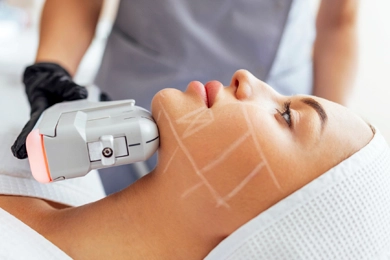 How Long Do the Effects of Non-Surgical Face Lifting (HIFU) Last?
How Long Do the Effects of Non-Surgical Face Lifting (HIFU) Last?Non-surgical face lifting methods, especially HIFU (High-Intensity Focused Ultrasound),have become a popular choice for skin tightening and rejuvenation. But one of the most common questions is: how long do ...
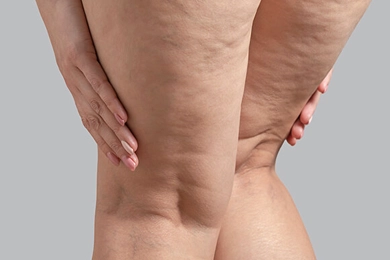 How to Know If You Have Lipedema: A Complete Guide
How to Know If You Have Lipedema: A Complete GuideA persistent medical condition called lipedema is sometimes confused with lymphedema or simply obesity. It is mainly affecting women and is characterized by an abnormal build-up of fat, usually in the arms a ...
 How to Know If You Have Gynecomastia?
How to Know If You Have Gynecomastia?If you suspect you have gynecomastia, it’s important to consult a healthcare professional. Your doctor will perform a physical exam, evaluate your medical history, and may order blood tests to assess hormone ...
 How to Prevent Inflammation?
How to Prevent Inflammation?Have you ever thought about why we age? While aging is a natural process, recent research has shown a surprise component that accelerates it: chronic inflammation. ...